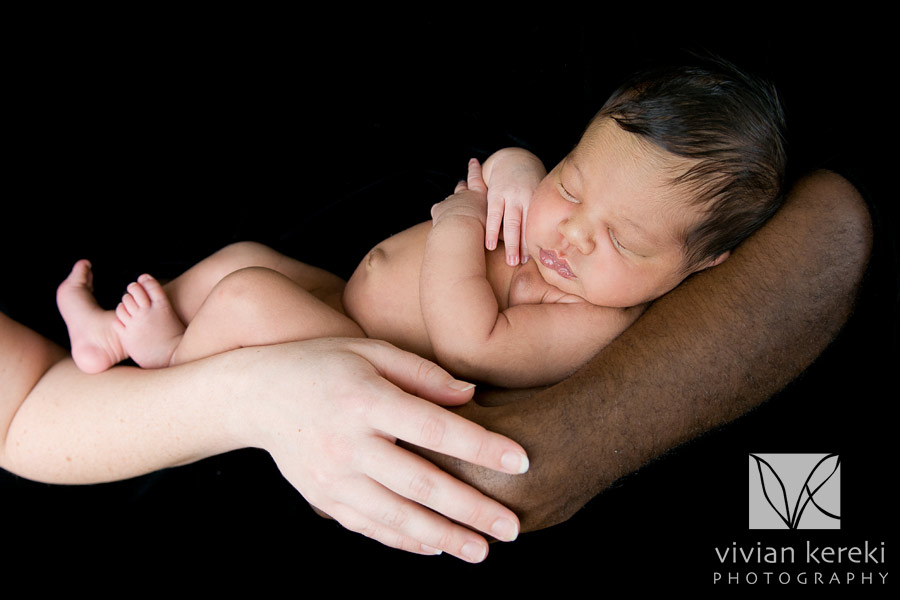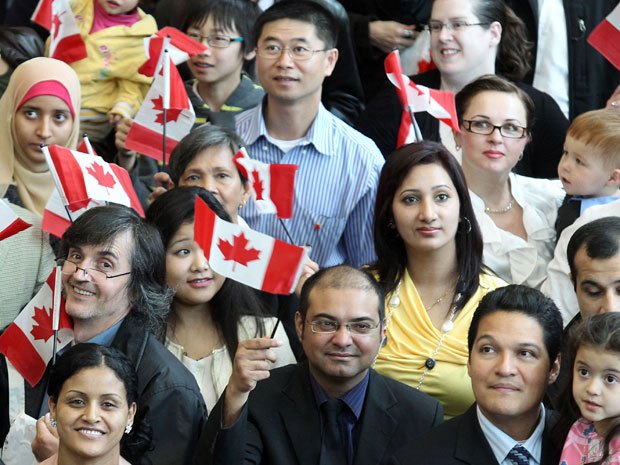Context - know the framework within which you will share your message.
We've all seen the squishy sleeping baby on the soft thing.
.jpg)

And we've all seen the different colours of flesh we have. The problem with conventional imagery for "multiculturalism" is that it mostly still reflects colour.



Above are typical of the results for a google search for images of "multiculturalism." While physical traits such as skin colour and eye shape represent genes and address one aspect of discrimination, it doesn't address discrimination based on cultural "memes" that are learned not passed on genetically. Images that focus on colour lack context and imagination.
But how do you tell the story in a way that is novel? How do you put the proverbial baby on proverbial thistle? Benetton tried and failed by using skin colour instead of a non-visible traits (atheist, Muslim, taoist or lesbian, straight, transgender) to "identify" the hearts:

What might the photos below say to different audiences? Do they reinforce or dispel stereotypes?

If you have only ONE image to tell a story with, what are some elements to consider when you want to put the proverbial baby on the thistle?
Composition
"The best camera is the one that's with you."
~ Chase Jarvis, American photographer

Words and images can have impact all alone, but using multimedia across several platforms strengthens and multiplies our ability to reach our audience and have a measurable impact.









No comments:
Post a Comment